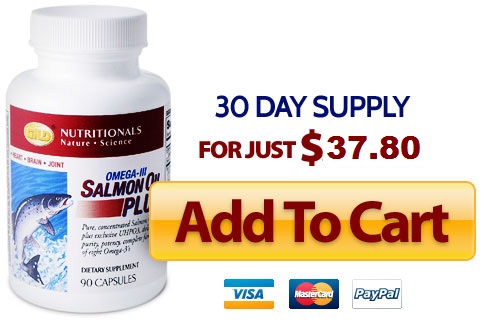Omega 3 Vitamin – What to Look For
Omega 3 vitamin research shows amazing benefits.
But looking for an omega 3 vitamin that produces the proven research results is like opening a can of worms.
As should be expected, everyone’s going to say their omega 3 vitamin is the best. What else would you expect them to say – that theirs are second best? No way, right?
But “best” is an adjective meant only for the top quality supplement that produces the best results. And to find that omega 3 vitamin you have to look beyond fancy labels, physician and celebrity endorsements and misleading marketing.
So what exactly should you look for in an omega 3 supplement?
You’ve heard they’re good for you, but without proper understanding, you can easily fall prey to slick advertising and end up with something that’s unnatural for human consumption.
As a child you probably learned that some natural things aren’t safe to eat – like rhododendron leaves and motor oil. But they forgot to tell you about perilla, flax, algae and krill.
Here’s what you need to know, so you can make the best natural omega 3 vitamin choice for you and your family.
Flax oil contains only ALA – one of the eight omega 3 fatty acids. It has absolutely no DHA, EPA or DPA, the three long-chain fatty acids proven by research to provide all the benefits. You can only convert around 2% of ALA from flax into the fatty acids you need.
Studies consistently show that fish oil is far superior.
Flax oil is traditionally used to make things like furniture polish and linoleum flooring and considered to be inedible for humans.
Perilla oil is another ALA-only product that’s very similar to flax. Perilla has no long-chain fatty acids and is also traditionally used to make paints, varnishes, printing inks, lacquers and linoleum flooring. Interestingly, another use is as an artificial sweetener.
Phytoplankton algae is actually the very bottom of the food chain. Since it can be grown in a laboratory, it’s marketed as a “renewable” source. Although phytoplankton contains a small amount of fatty acids, you couldn’t possibly consume enough to make any difference.
Krill are zooplankton that are part of the diet of larger fish and are sold by some companies as a source of fatty acids. And here’s that food chain thing again – krill are zooplankton that eat phytoplankton.
Besides being low on the food chain and having never been a human food, krill are also known to have high levels of fluoride and cause diarrhea for some people.
Fish oil from cold-water fish, specifically salmon, tuna, sardines, anchovies and herring, are all natural and traditionally beneficial foods for humans. The only place you can get the proper natural balance of omega 3 fatty acids is from the fish that eat the zooplankton that eat the phytoplankton.
These fish have already converted the ALA and phytoplankton, which are hard for us to convert, into the long-chain fatty acids that are then readily available for us. That’s why it’s called a food chain.
Think about it. We’re at the top of this food chain, so it only makes good sense for us to get our long-chain fatty acids from these fish and from pure fish oil supplements.
If you want to read more, click here for more omega 3 information.
Our Guarantee – We offer a 100% money-back guarantee, no questions asked.
Simply return the original bottle for an exchange or full refund.
Would You Like More Information?
Call us toll-free at (888) 508-1234 to order today or Order Online

HWW Enterprise Group
353 Carolina Mtn. Dr. #188
Franklin, NC 28734
Email: bewell@havegoodhealth.net




